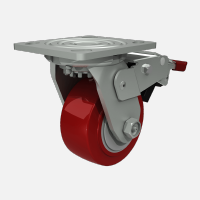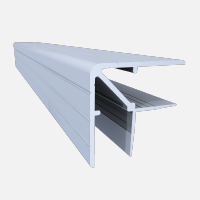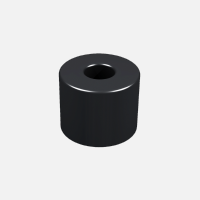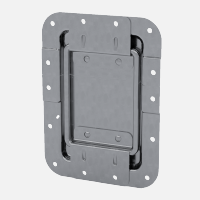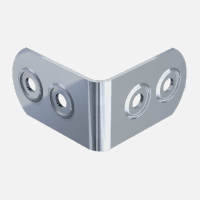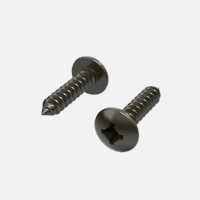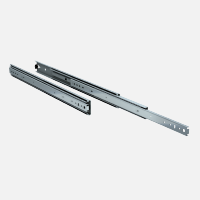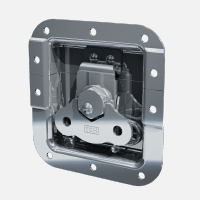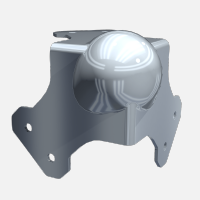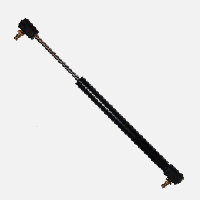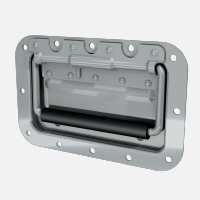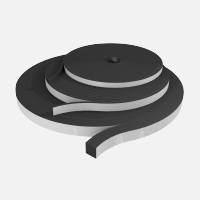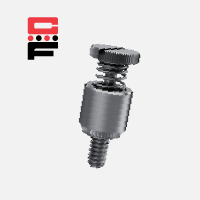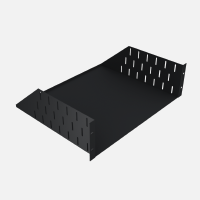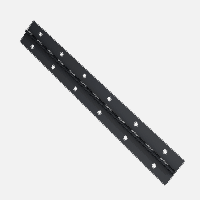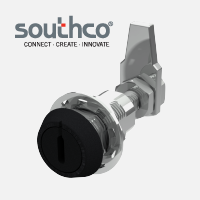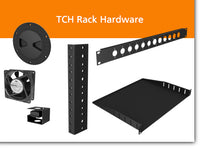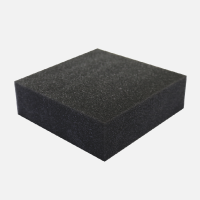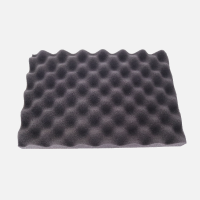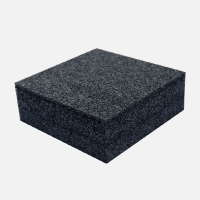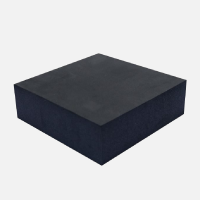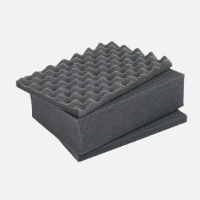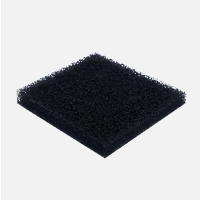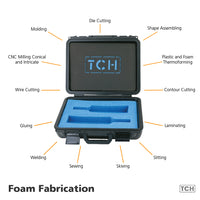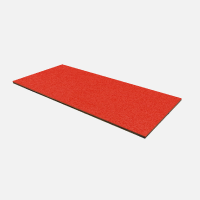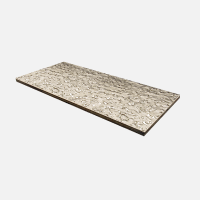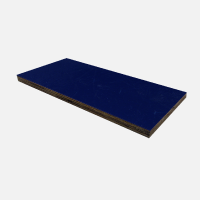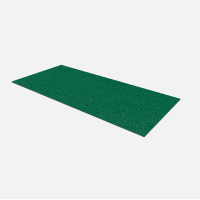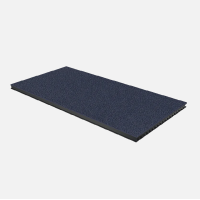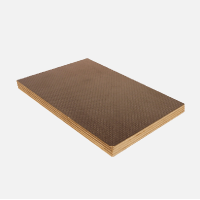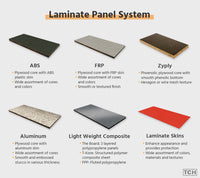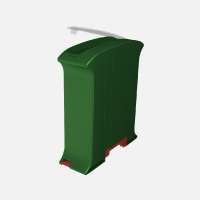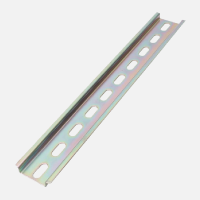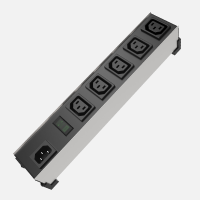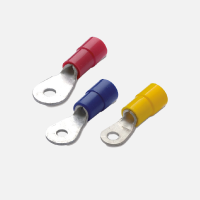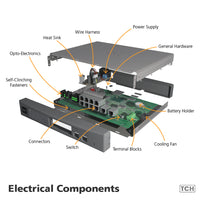The automotive industry, a beacon of innovation and technological advancement, is undergoing a transformative phase. At the heart of this transformation lies the integration of advanced plastic profiles, particularly plastic extrusions. These profiles are not just enhancing the aesthetic appeal of vehicles but are also playing a pivotal role in their performance and safety.
Understanding Plastic ExtrusionsAt its core, plastic extrusion is a sophisticated manufacturing method that transforms raw plastic materials into intricate and consistent shapes. The process begins with the melting of plastic, which is then methodically shaped into a continuous, elongated profile. This is achieved by forcing the molten plastic through a specific mold or die, which determines the final shape of the extruded product.
The versatility of this technique is evident in its widespread adoption across multiple sectors. However, the automotive industry stands out as a prime beneficiary of plastic extrusion innovations. Here's why:
- Versatility in Design: The plastic extrusion process allows for the creation of a myriad of shapes and sizes. This flexibility is invaluable in the automotive sector, where components range from large structural parts to minute, detailed elements. Whether it's the framework of a car door or the fine trim on a dashboard, plastic extrusions cater to a broad spectrum of design needs.
- Weight and Efficiency: Traditional materials like metal, while sturdy, add significant weight to vehicles. Plastic extrusions, on the other hand, provide the required strength without the added heft. This weight reduction translates directly into enhanced fuel efficiency, a critical parameter in today's eco-conscious world.
- Safety Enhancements: Modern vehicles prioritize passenger safety above all else. Plastic extrusions contribute to this by offering components that can absorb impact, reducing the risk of injury during collisions. Furthermore, their corrosion-resistant nature ensures longevity, reducing the chances of component failure over time.
- Cost-Effectiveness: Beyond the functional benefits, plastic extrusions offer economic advantages. The process is scalable, allowing for the production of large volumes in a cost-effective manner. This scalability ensures that even as vehicle designs evolve, the industry can adapt without incurring prohibitive costs.
In essence, plastic extrusions are not just a manufacturing technique; they represent a paradigm shift in how vehicles are designed and constructed. By offering a blend of design flexibility, safety, and efficiency, they are reshaping the automotive landscape, driving it towards a future that's sustainable and innovative.
What are the Different Types of Plastic Extrusion?
- Plastic Angle Extrusions: These L-shaped profiles are commonly used for edge protection, safeguarding the corners of surfaces from potential damage and wear. Additionally, their neat finish makes them suitable for decorative trims in various settings, including furniture, cabinetry, and architectural detailing.
- Tubing: Tubing extrusions are hollow cylindrical profiles that are integral in a wide range of sectors. In the medical field, they are essential components of equipment like IV lines and catheters. Beyond healthcare, they play a crucial role in fluid transport, from household plumbing systems to industrial machinery and garden hoses.
- Sheets: Plastic sheets are flat extrusions that find utility in numerous areas. They are frequently employed in the advertising and branding sectors to create signage, banners, and displays. Moreover, they are used as barriers or partitions in diverse environments, from construction sites to office spaces.
Each type of plastic extrusion has its unique characteristics and uses, underscoring the versatility and adaptability of this manufacturing process. Whether it's the protective angle extrusions, the versatile tubing, or the expansive sheets, plastic extrusions have a significant impact on various industries.
The Role of Plastic Extrusions in Automotive Design
- Weight Reduction: One of the primary challenges for automotive engineers is to reduce vehicle weight. Lighter vehicles offer better fuel efficiency and performance. Plastic extrusions, being inherently lightweight, are replacing traditional materials, leading to significant weight savings without compromising strength.
- Aesthetic Appeal: Modern consumers demand vehicles that are not just functional but also aesthetically pleasing. Plastic angle extrusions, with their sleek finish, are being used for decorative trims, adding a touch of elegance to vehicle interiors and exteriors.
- Durability: Unlike metals, plastics are resistant to corrosion. This property ensures that parts made from plastic extrusions have a longer lifespan, reducing the need for frequent replacements.
- Cost-Effective: Plastic extrusions are cost-effective to produce, leading to reduced manufacturing costs. This cost-saving can potentially be passed on to the consumer, making vehicles more affordable.
The integration of plastic extrusions in automotive design is just the beginning. As research continues and technologies evolve, we can expect the following trends:
- Increased Use of Plastic Angle Extrusions: Given their versatility, plastic angle extrusions will find more applications, especially in vehicle interiors.
- Collaboration with Plastic Extrusions Distributors: Automotive companies will forge stronger ties with plastic extrusion distributors to ensure a steady supply of quality materials.
- Sustainability: With the global push towards sustainability, the automotive industry will lean more towards recyclable plastics, ensuring that vehicles are not just efficient but also environmentally friendly.
In the intricate web of the automotive industry, suppliers play a pivotal role, often acting as the unsung heroes behind the scenes. They bridge the gap between raw materials and the final product, ensuring a seamless flow of quality components. Among these suppliers, TCH stands out, not just as a participant but as a leader in the realm of plastic extrusions.
TCH's prominence in the supply chain is not merely coincidental. Over the years, they have meticulously built their reputation, focusing on quality, consistency, and reliability. While the world of plastic extrusions is vast, with numerous players vying for a piece of the pie, TCH's approach sets them apart. Instead of spreading themselves thin by venturing into manufacturing, they've honed their skills in what they do best: supplying top-notch hardware.
This specialization is crucial. The automotive industry, with its stringent standards and ever-evolving demands, requires suppliers that can keep pace. TCH rises to this challenge by ensuring that they source and provide only the highest caliber of plastic extrusions. Their commitment to quality ensures that automotive companies, whether they're crafting luxury sedans or rugged SUVs, have access to components that meet and exceed expectations.
Furthermore, TCH's role goes beyond mere supply. They act as partners to automotive companies, understanding their needs, anticipating challenges, and offering solutions. Their deep-rooted expertise in the domain allows them to advise, guide, and support their clients, ensuring that the journey from concept to car is smooth and efficient.
In conclusion, while the spotlight often shines on manufacturers and designers, suppliers like TCH are the backbone of the automotive industry. Their dedication to excellence, coupled with their unwavering commitment to their clients, ensures that the vehicles of tomorrow are built on a foundation of quality and trust.




